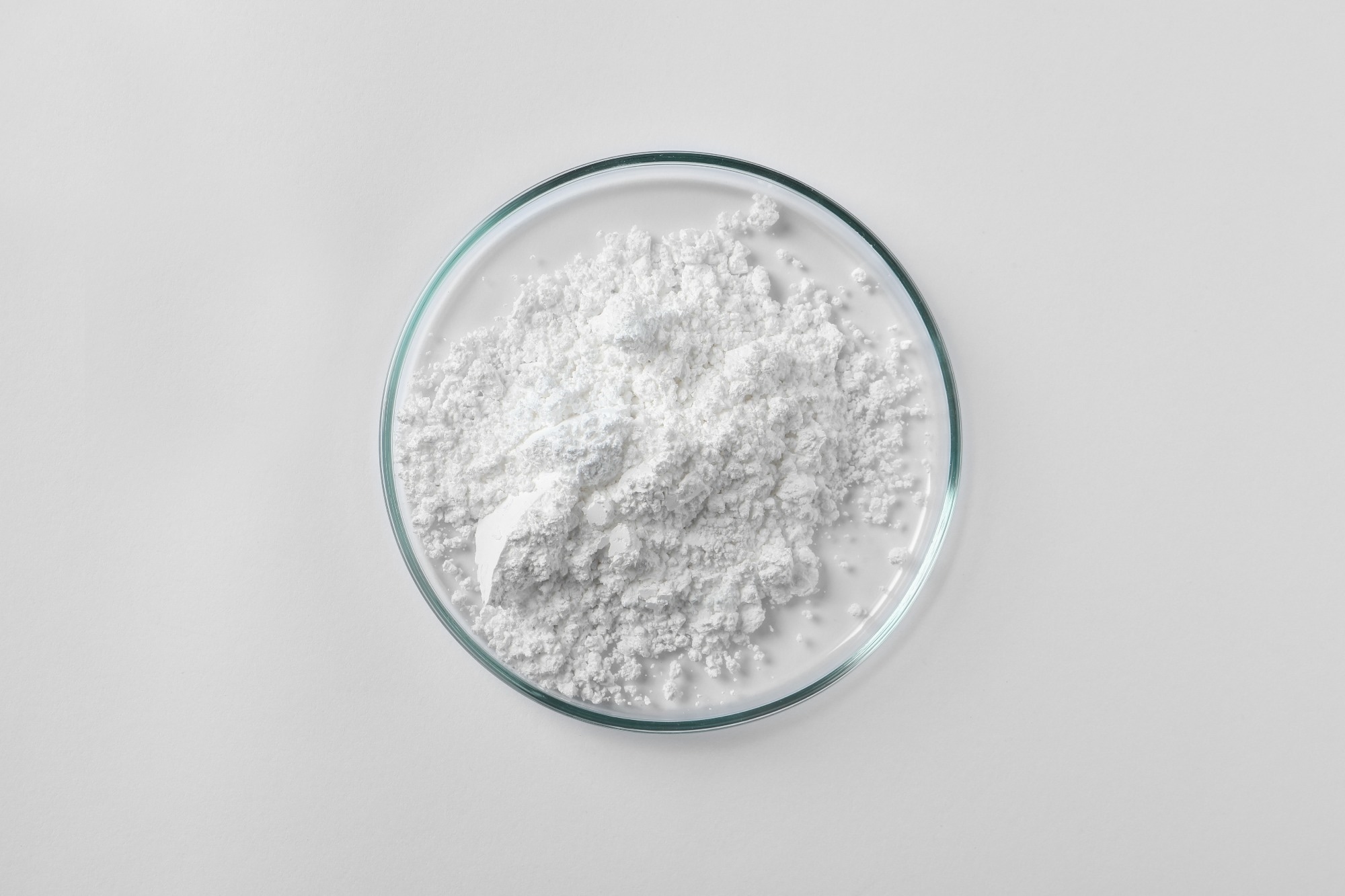Researchers have demonstrated that nano-TiO2 , when combined with calcium carbonate, significantly boosts the mechanical strength and self-cleaning properties of low-emission cement composites while reducing their environmental impact.
 Study: The role of titanium dioxide in enhancing low-emission properties of cementitious materials. Image Credit: New Africa/Shutterstock.com
Study: The role of titanium dioxide in enhancing low-emission properties of cementitious materials. Image Credit: New Africa/Shutterstock.com
A recent Scientific Reports article explores how nanometric titanium dioxide (nano-TiO2) influences the physical, mechanical, photocatalytic, and environmental performance of multi-component cementitious systems. The study developed two-, three-, and four-component blends using Portland cement, fly ash (FA), calcium carbonate (CC), and TiO2, with clinker contents ranging from 35 % to 100 %. Notably, the presence of CC further enhanced nano-TiO2’s ability to accelerate early hydration.
Background
Nano-engineered concrete is gaining traction as a more sustainable alternative to traditional cement, thanks to the partial replacement of clinker with supplementary cementitious materials (SCMs). Nano-additives not only improve physical properties but also introduce new functionalities. Among these, TiO2 is widely used for its self-cleaning capability, durability in cement matrices, and strong photocatalytic performance.
However, producing TiO2 is technically demanding and costly. Common extraction methods - like the sulfate and chloride processes - pose significant environmental concerns. This has driven interest in combining TiO2 with more accessible SCMs such as ground limestone, fly ash, and blast furnace slag to reduce costs and environmental impact.
Still, mixing multiple SCMs can alter strength development and potentially interfere with the functional benefits of nano-additives like TiO2. To address this, the study explored low-emission cement binders incorporating FA and CC as partial clinker replacements, with the aim of optimizing both performance and sustainability.
Methods
Fresh mortar mixes were prepared using cement, aggregate, water, and either 0 %, 25 %, or 50 % fly ash (by cement weight). Some blends also included 5 % TiO2 and 10 % CC. While FA and CC were dry-mixed with cement, TiO2 was introduced as a suspension in the mixing water. These mixtures were then molded into various specimen sizes.
Mechanical performance was tested through bending and compression on 40×40×5 mm tiles. Photocatalytic behavior was evaluated by tracking the degradation of a 10 mg/L phenol solution under 395 nm LED light. Before testing, samples were allowed to reach adsorption-desorption equilibrium in the solution.
Environmental impact was assessed via life cycle analysis (LCA), focusing on global warming potential (GWP). Emission values for each raw material were drawn from Environmental Product Declarations and OneClickLCA software.
Results and Discussion
Adding 5 % nano-TiO2 reduced the slump across all cement systems, while increasing the heat of hydration within the first 20 hours - a result of more efficient nucleation. This early reactivity led to stronger mechanical performance at early ages.
In Portland cement-only mixes, TiO2 increased compressive strength at 21 days and thickened the slurry, likely due to a more refined pore structure. Strength gains were also seen when 10 % CC was added alone, or alongside 25 % FA in ternary systems.
On the flip side, higher levels of FA (25–50 %) reduced heat release and slowed strength development. Yet, mixes with 25 % FA maintained adequate strength and showed improved workability through higher slump values.
Photocatalytically, Portland cement with TiO2 showed the highest activity, with phenol degradation efficiencies of 18.2 % after 6 hours and 68.5 % after 24 hours of irradiation. The two-component system with 10 % CC also performed well, though adding FA reduced photocatalytic efficiency, likely due to surface interactions that limited TiO2’s activity.
Importantly, the use of FA and CC lowered the overall GWP of the composites, helping balance the environmental cost of using nano-TiO2. The result is a set of cementitious materials that are both greener and functional, offering self-cleaning surfaces and improved mechanical durability.
Conclusion
The findings underscore nano-TiO2’s ability to accelerate early hydration and enhance strength when used in low-emission cement systems, particularly with the addition of 10 % CC. These combinations also delivered strong photocatalytic properties, while FA and CC helped reduce the overall carbon footprint. However, excessive FA content diminished the self-cleaning effect, highlighting the need for optimized mix designs.
Looking ahead, the researchers recommend long-term durability testing and fine-tuning TiO2 content to improve performance while keeping production costs and environmental impacts in check.
Journal Reference
Ślosarczyk, A. et al. (2025). The role of titanium dioxide in enhancing low-emission properties of cementitious materials. Scientific Reports, 15(1). DOI: 10.1038/s41598-025-06960-4, https://www.nature.com/articles/s41598-025-06960-4
Disclaimer: The views expressed here are those of the author expressed in their private capacity and do not necessarily represent the views of AZoM.com Limited T/A AZoNetwork the owner and operator of this website. This disclaimer forms part of the Terms and conditions of use of this website.